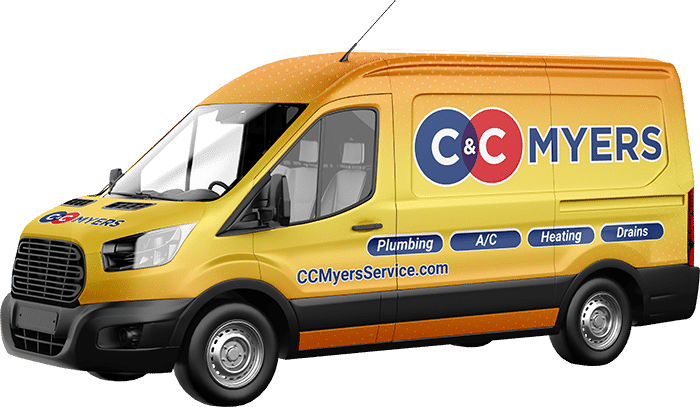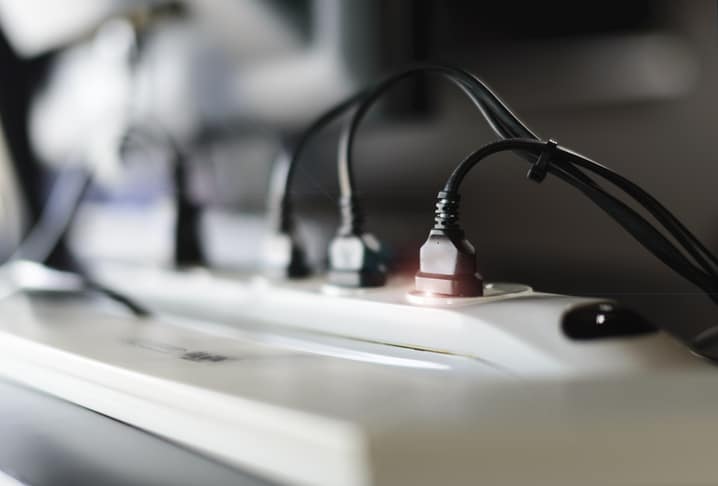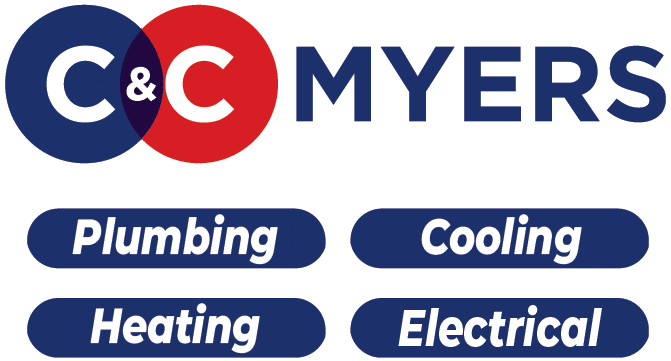Surge protection devices shield the appliances and electronics, such as computers and TVS, in your home from power surges that can significantly damage them. However, surge protectors cannot provide protection effectively if they are malfunctioning. Here are five common surge protector problems to watch for along with solutions electricians employ to fix them.
1. Overheating
When the semiconductors and metal oxide varistors are damaged, your surge protector can overheat. Overheating causes the device to malfunction and eventually fail. Not to mention, overheating is dangerous because it can cause electrical fires.
If your surge protection device feels hot to the touch, you must get help immediately to ensure the safety of you and your family. A licensed electrician will either repair the damaged components or replace the device, depending on the severity of the damage.
2. Limited Performance Rating
All surge protectors are given ratings that are measured in joules, and each of them has a different rating. Upon surpassing its rating, the device will fail. These devices can absorb a certain number of joules before the protection capability runs out. For example, if your surge protector has a rating of 1,000 joules, it can either absorb power surges of 100 joules ten times or two power surges that measure 500 joules. Once the rating is reached, an electrician will install a new surge protector.
3. Wear and Tear
Even if the surge protector has not surpassed its rating, it can fail because of wear and tear. Components break down, and the device can no longer provide adequate protection. You must be especially concerned about wear and tear if your surge protector is ten years old or more. Once your device has suffered wear and tear, it needs to be replaced.
4. Metal Oxide Varistor Has Degraded
As your surge protector absorbs surges of electricity in various capacities, this degrades the metal oxide varistor. Once the metal oxide varistor has degraded entirely, your appliances and electronics are no longer protected, as there is nothing blocking the extra current from passing. Replacing your surge protector is the only solution to this problem.
5. Seeing Blinking Lights on the Device
Many modern surge protection devices contain blinking lights that let you know it is failing, and these lights are also designed to alert you when a replacement is needed. These lights are usually red or green. If you see these blinking lights, it is safe to assume that your home is no longer protected against power surges.
Power surges can cause extensive damage that can result in spending thousands of dollars to replace appliances and electronics. Call C&C Myers for our surge protection services, and we will help you protect your Charleston, SC home form power surges.




